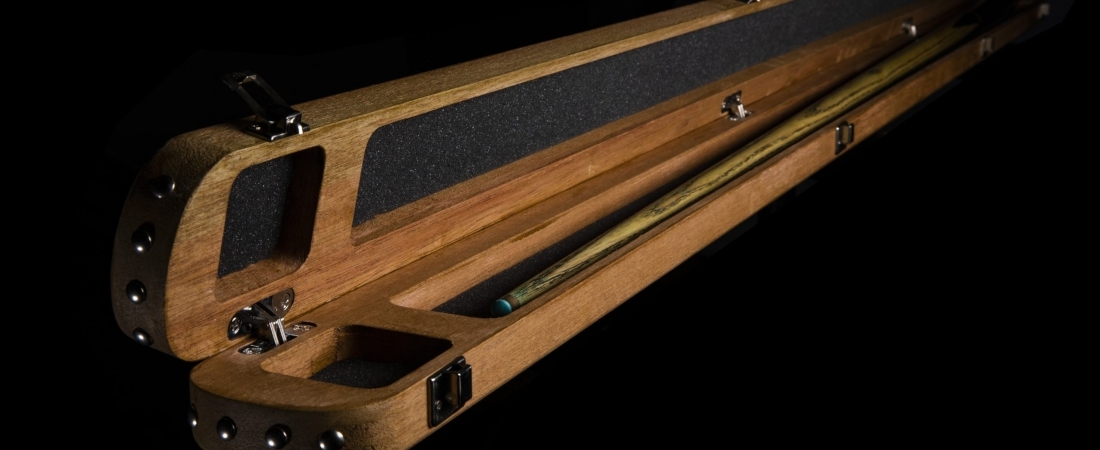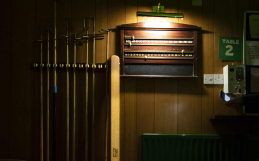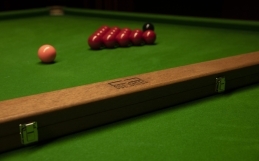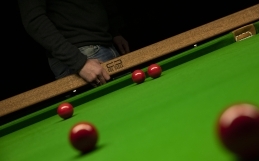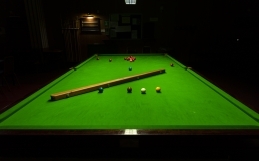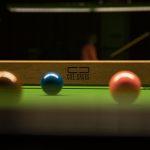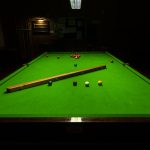Cue Tips 101
After some tips for your tip? We got you…
There are myriad pool cue tips available on the market today and numerous variables that can have a substantial effect on your shot. When it comes time to change your tip consider the following to compliment your playing style and achieve the best possible scores.
Soft VS Hard
The most crucial element to consider when selecting a pool cue tip is the density; hard or soft? Hard tips have a much greater lifespan than their softer counterparts meaning lower maintenance, replacements and checks. They also play more consistently. Soft tips, however, tend to mushroom and flatten, meaning much more effort to maintain. They require regular checks and frequent replacement. Despite this, many novices and professionals alike opt for a soft cue because they believe they equate to greater ball control; they’re certainly ideal if you put a lot of spin in your shot and hold chalk better due to being easier to scuff.
Pool tips vary in density from super soft to phenolic, considered to be as hard as the ball itself. Many players opt to use a harder variety to break and a softer tip for skill shots. The standard go-to present on most new pool cues is a medium density tip; which is considered a good middle ground in terms of maintenance, consistency and ball control. On the far end of the scale; the extra hard carbon fibre phenolic tip requires next to no maintenance and transfers the most power to the cue ball, making them the perfect choice to break with. If phenolic is your weapon of choice be sure to double check with your tournament that non-leather varieties are permitted because some leagues do not permit their use.
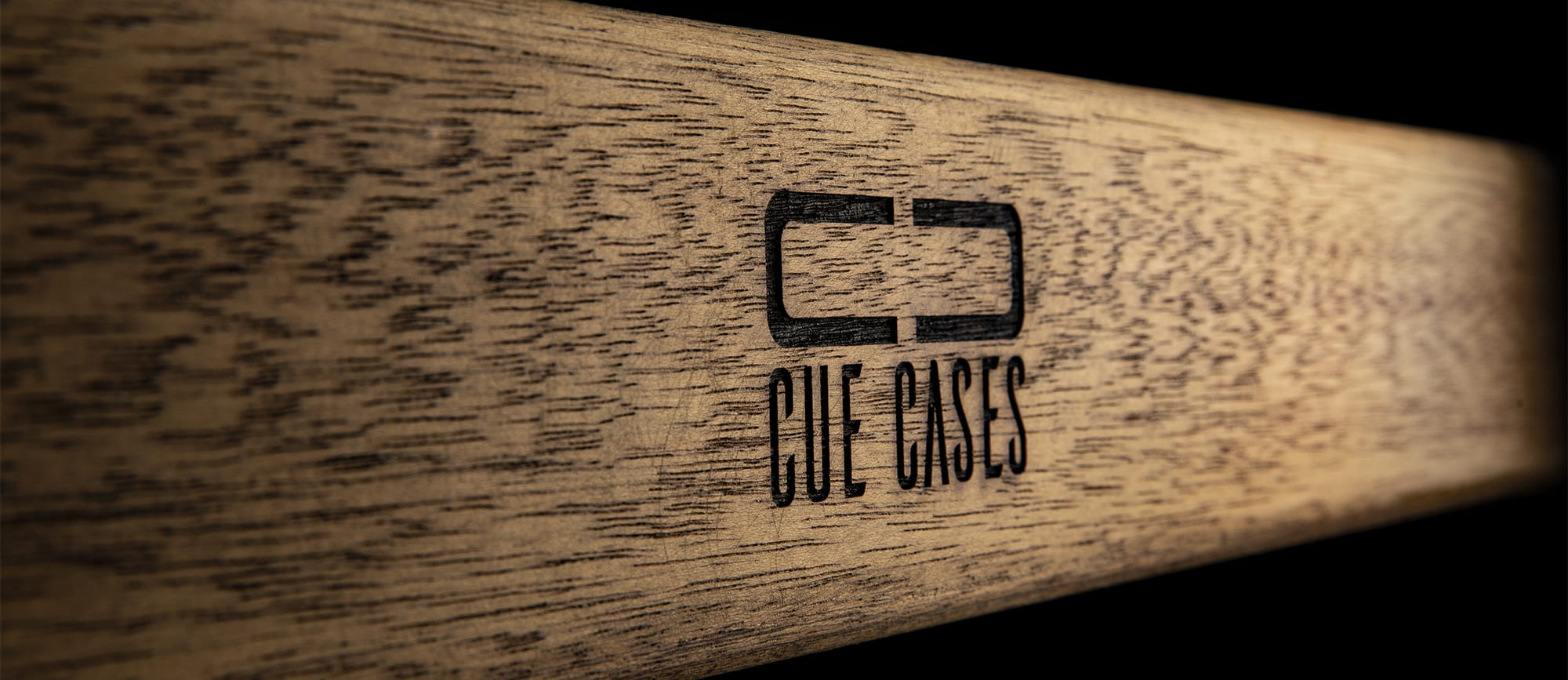
Solid or Layered Leather?
The great leather debate has divided the finest pool players for decades. Should we opt for solid leather or a laminated leather tip?
Solid leather tips are fabricated by punching a hole through specially tanned leather, and as such are a very cost-effective option. Widely considered to be the most appropriate choice for one-piece home cues, they produce a concise hit on the cue ball. This option is also convenient to replace, requiring minimal trimming. Solid leather tips are not without their disadvantages however, they tend to misshape and compress more than layered alternatives and can become spongy due to the larger grooming requirement. Naturally occurring inconsistencies in the leather can also produce unpredictable results.
Layered leather tips, as the name suggests, are made up of thin layers of leather stuck together with adhesive. These tips last longer as they require less grooming and tend to produce more consistent results due to negating the risk of natural imperfections in the leather by using multiple pieces. Layered tips, also known as laminate tips, are stronger and hold chalk better, providing better cue ball control.
Different cue tips are an inexpensive way to experiment with components that greatly affect your shot. Consider which density and material is best suited to your playing style and if in doubt you can’t go far wrong with a medium density tip.
